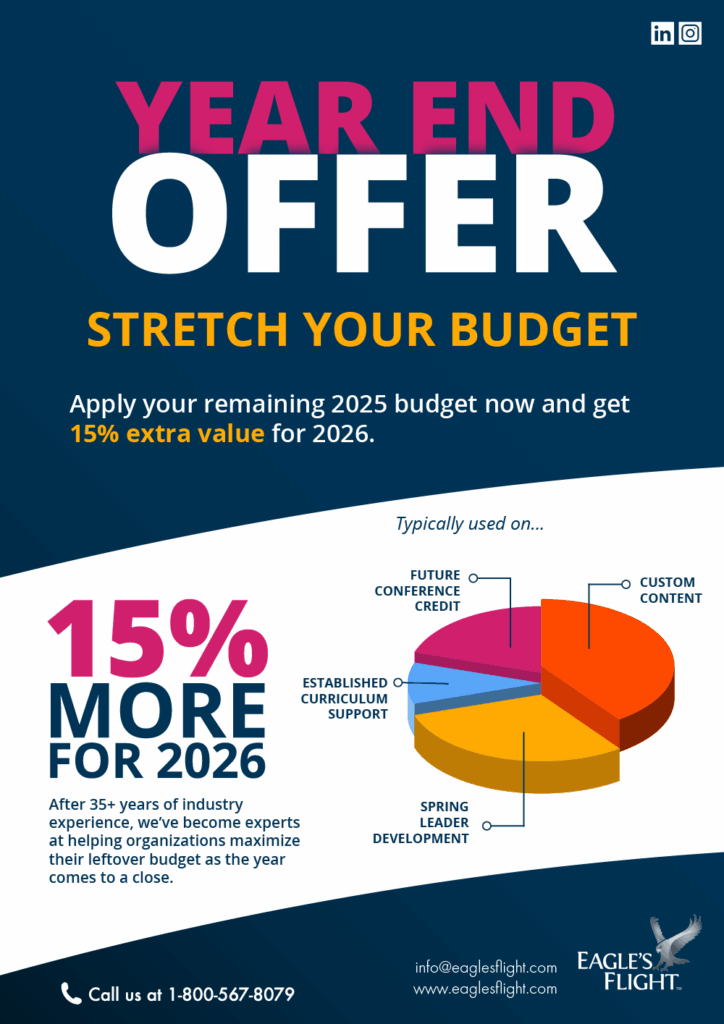Why Experience Beats Information
Introduction: The Problem with Information Overload
We live in an age where information is everywhere. With a few clicks, you can access books, articles, research, and endless online courses. Knowledge has never been more available. Yet despite this abundance, behavior in most organizations does not change.
Knowing is not the same as doing. Information alone rarely translates into performance. You can know the rules of tennis and still lose every match. You can know the theory of leadership and still fail to inspire your team.
The truth is simple: experience beats information every time.
Why Information Fails to Change Behavior
Traditional corporate training relies heavily on lectures, presentations, and handbooks. The assumption is that if people understand a concept, they will act on it. But decades of research prove otherwise.
In the book Experiential Learning, Phil Geldart explains that most training fails because it only transfers knowledge. Participants hear what to do but never get the chance to practice it. As a result, they quickly forget .
Studies confirm the weakness of information-only learning:
The National Training Laboratories Learning Pyramid shows that lecture-based learning leads to about 10 percent retention, while experiential practice drives up to 75 percent retention (MDA Training).
A meta-analysis found that experiential methods consistently deliver better outcomes, improving learning results by 0.43 standard deviations compared to traditional instruction (ResearchGate).
The conclusion is clear. Knowledge without action fades. Information alone cannot drive behavior change.
The Power of Experience
Experience is different. It does not just inform the mind. It involves the whole person.
Experiential learning immerses people in challenges that mirror real-world conditions. Time is compressed so participants see the direct link between their actions and results. Cause and effect become obvious in ways that lectures can never achieve .
A meta-analysis of 225 studies found that active learning reduced failure rates from 32 percent to 21 percent and improved performance by nearly half a standard deviation (Active learning on Wikipedia). In simple terms, learners who practiced did better and failed less.
Information tells. Experience shows.
Experience Creates Emotional Connection
One of the reasons experience beats information is that it creates an emotional anchor. People feel what it means to succeed or fail. That feeling drives conviction and long-term memory.
For example, in the Eagle’s Flight program Rattlesnake Canyon™, participants often walk away with a simple phrase burned into their memory: “Stop buying pigs.” It comes from a painful moment in the experience when teams realize they have invested too much in a product the customer no longer wants .
Long after the training ends, teams use that phrase in real meetings as a shorthand reminder to focus on the customer. The experience becomes a story, a metaphor, and a lasting lesson. No amount of slides could have the same impact.


Why Leaders Must Design Experiences, Not Just Share Information
Leaders often believe their role is to provide information. They share strategies, distribute handbooks, or deliver presentations. But if you want behavior change, your role is not to tell people what to know. Your role is to create opportunities for people to act.
That means:
Building simulations that allow teams to practice decisions before making them on the job.
Using role plays to rehearse critical conversations.
Assigning stretch projects that force growth under real conditions.
Creating team challenges where collaboration, adaptability, and problem-solving are required.
According to LinkedIn Learning’s 2024 Workplace Learning Report, employees now rank practice-based learning as the number one format they prefer, ahead of videos, lectures, and reading (LinkedIn Learning Report).
Your employees do not want more information. They want chances to practice.
The Cost of Relying on Information Alone
The cost of ignoring this truth is staggering. Organizations spend billions every year on training programs that do not deliver change. Employees sit through hours of content, only to return to their desks and behave the same way.
The result is wasted money, wasted time, and wasted opportunity. Worse, it creates skepticism. Employees begin to see training as irrelevant, and leaders lose credibility.
On the other hand, organizations that embrace experiential learning see results that stick. Employees leave not only with knowledge, but with skills, conviction, and confidence.
The contrast is clear:
Information informs.
Experience transforms.
Conclusion: Experience Is the Only Way to Lasting Change
We live in a world that celebrates access to information. But information alone is not enough. If your goal is to change behavior and improve performance, you cannot stop at telling people what to do.
Real growth happens when people act. When they struggle, adapt, and succeed. When they see for themselves how behavior produces results.
That is why experience beats information. Always.
If you want your people to change, stop flooding them with content. Start giving them experiences.
Experience does not just teach. It transforms.






